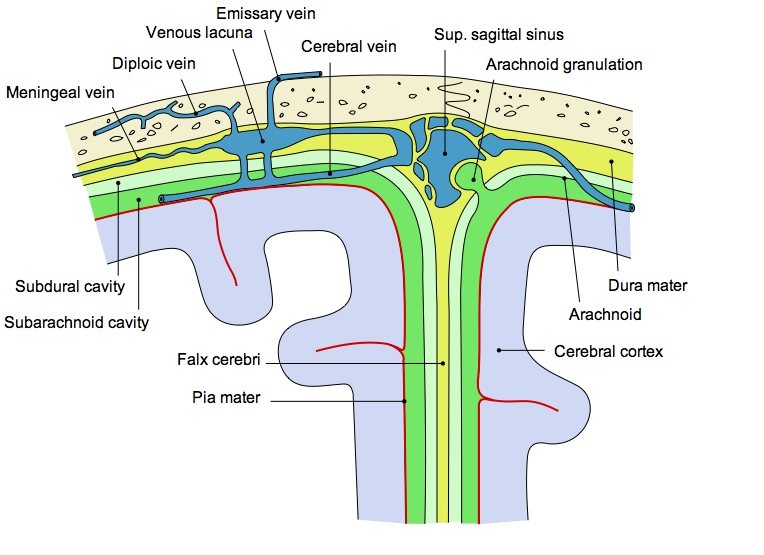Brain Hemorrhage After Brain Injury
The pathological conditions considered on this page involve pathology that can and usually must be reversed by brain surgery. This includes brain hemorrhage, or bleeding, caused by trauma to the skull and thus to the brain. Great strides in neurosurgery have significantly increased the number of severely brain injured people awaking and who have hope for positive recovery.
Adding to the improvement, better methods have been found of rapidly transporting injured people to a trauma center. Chief in many cases is the helicopter and the people who risk their lives in air transport of brain injury survivors. Another vital factor in better survival rates and recovery is the CT scan which enables the doctors to see brain bleeds and swelling before the patient dies. This rapid intervention lowers the risk of death and the extent of damage to brain tissue.Intracranial Lesions
One type of bleed is an intracranial lesion. The brain is filled with and fueled by blood. If any part of the brain is cut or torn, it will cause a brain bleed. Brain bleeds can be both fast-paced or slow-paced, but deal with possibly fatal pathology. The bleed can occur directly to a blood vessel or to brain tissue itself. The bigger the blood vessel, the shorter time period there is to repair the bleed to prevent further brain damage.
While the brain is largely filled with blood, that blood is only healthy if within blood vessels. Blood touching the wrong brain tissue, such as neurons, is toxic to that tissue. After significant bleeding in the brain, much of the area where the bleeding occurred will see significant cell damage. Thus, one of the primary goals of brain surgery is to put a stop to the bleeding so that it does not kill additional brain cells.
Epidural Hemorrhage
An epidural hemorrhage is a brain bleed between the dura (the coating around the brain) and the skull. This bleed does not carry the same risk of directly damaging brain tissue, yet the epidural space is an area where bleeding may quickly result in a compression of the brain. When the epidural space fills with blood there will be a dangerous increase in intracranial pressure in the brain. Brain surgery soon after the bleed can have significant success in reducing damage from an epidural hemorrhage as it relieves or prevents this dangerous pressure increase.
Subdural Hemorrhage
The subdural hemorrhage is a brain bleed occuring between the dura and the brain. A subdural hemorrhage bleed can also involve the risks of compression of the brain tissue as in an epidural bleed, but additionally carries the risk of direct injury to the brain cells. Brain surgery is necessary in most cases.
Subarachnoid hemorrhage
A subarachnoid hemorrhage is a brain bleed in the subarachnoid space, a deeper part of the skull, between the dura and the brain. See below:

The relationship between the dura (epidural above – subdural below), the subarchnoid space and the cerebral cortex (brain) is shown here. This is where a brain bleed will occur.